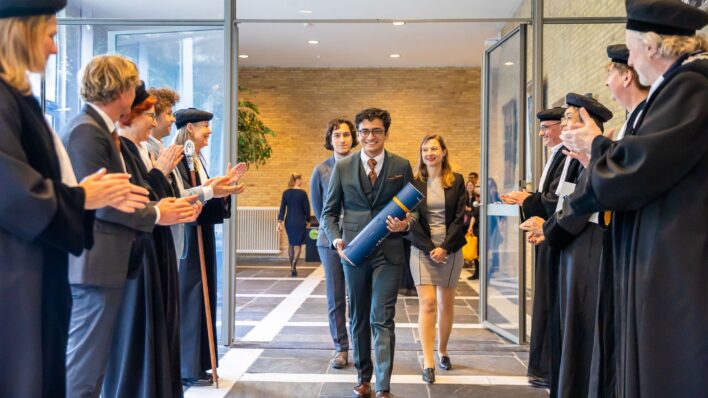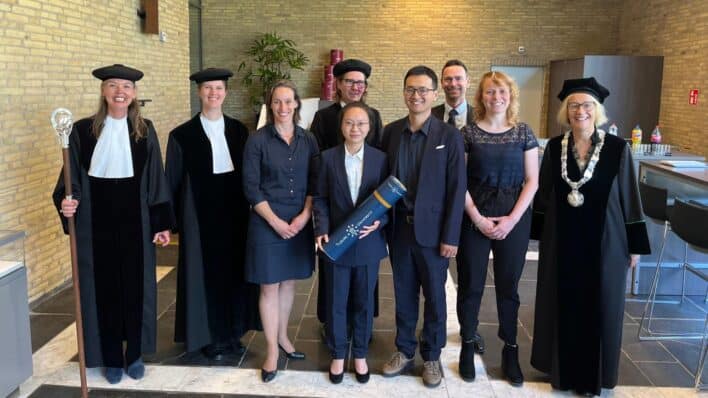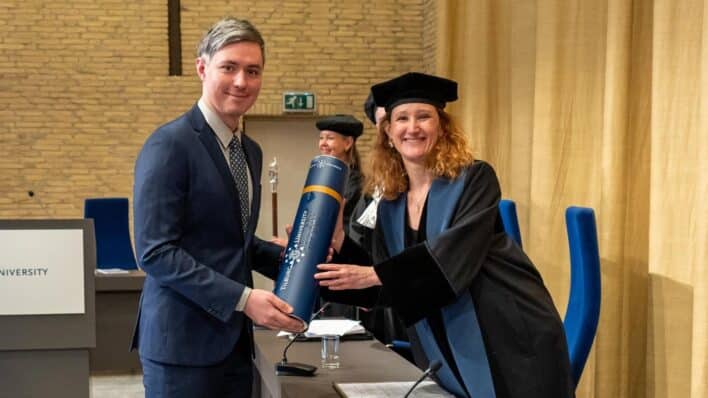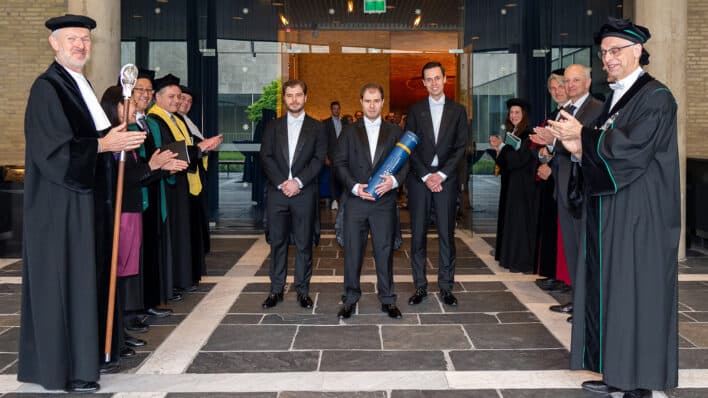Behind the PhD: Cracking the code behind supermarket loyalty programs
Posted on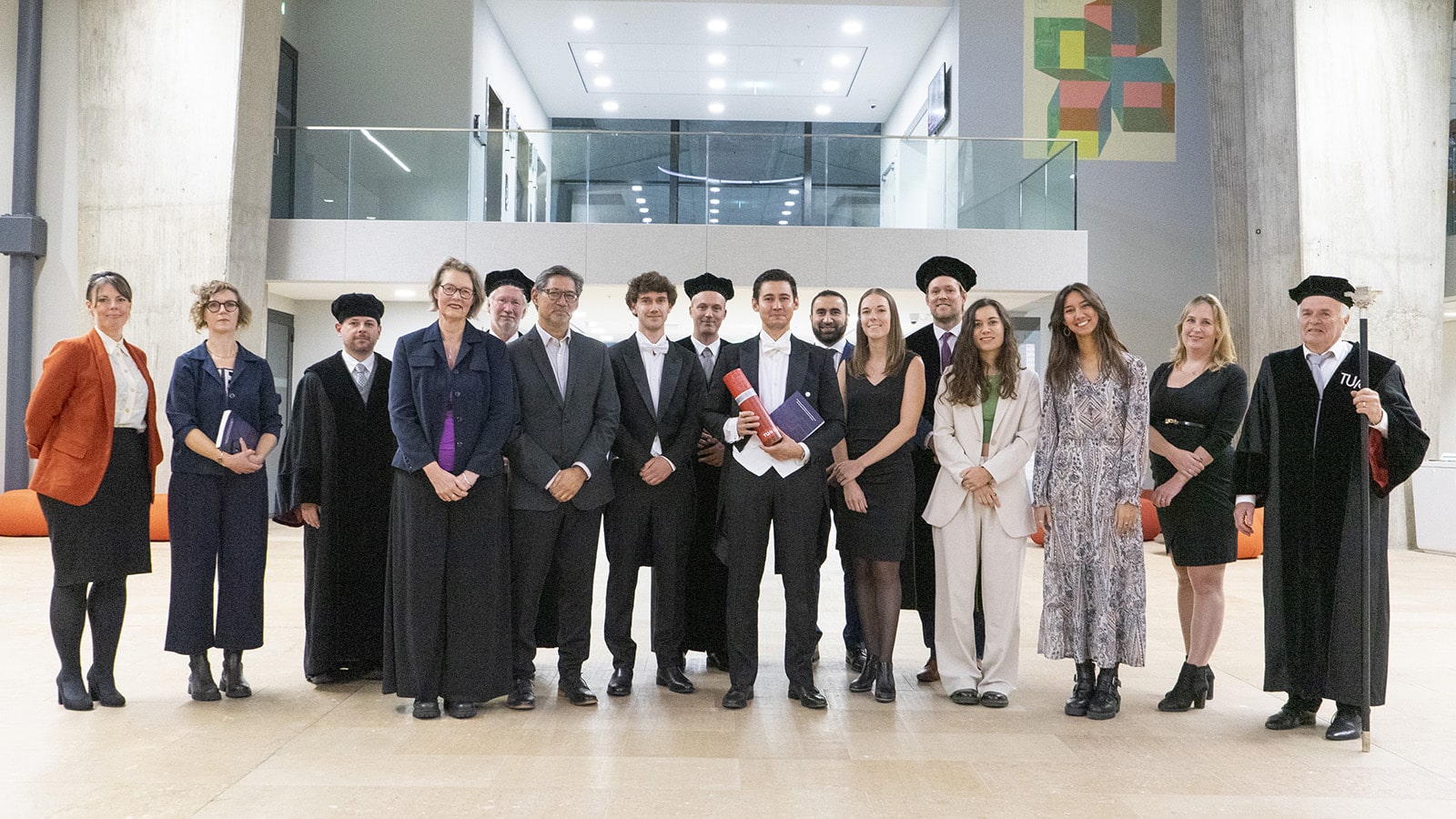
Yorick Spenrath is fresh off his PhD at JADS, after four years spent digging deep into the world of supermarket loyalty programs. With the help of BrandLoyalty, he took on 70 million receipts—yes, you read that right—to crack the mystery of why people participate in supermarket loyalty campaigns. The goal? To create a mathematical model that predicts consumer behavior, making these loyalty programs more effective for everyone.
Why did you choose this research subject and what makes it so fascinating?
Yorick: “Supermarket loyalty programs are fascinating because they affect almost everyone who shops. Whether you’re collecting stickers for a new pan or trading cards for your kids, almost every household is part of the action. I wanted to understand why. Why do some people suddenly decide to buy extra groceries just to complete a collection? What makes these loyalty schemes so irresistible?
“I also love the challenge of combining psychology and data science. It’s about turning something as complex as human emotions into numbers and then seeing if we can predict behavior from there. It’s a mix of market research, psychology, and mathematics, which really keeps me interested.”
Which challenges did you meet along the way and how did you overcome them?
Yorick: “The toughest part? Human behavior is messy and complex. People don’t always make predictable decisions. They might forget to use their loyalty card or decide to shop somewhere else that day. Our methods as data scientists require clustering behavior into recognizable patterns, but every individual is unique, and it’s hard to put emotions into a numerical model.
I focused on creating a clustering technique that was not only accurate but also efficient. It had to work with millions of data points—much more than just a small pilot study. I worked to make sure the model could perform well even with large, varied datasets, and to account for inconsistencies like different shopping habits on weekends versus weekdays.”
What is the impact of your work in the real world?
Yorick: “The most significant impact is helping supermarkets better understand how to engage their customers and boost loyalty. If supermarkets can identify which customers are on the fence about joining a loyalty program, they can give them the right incentives—like an extra sticker or a personal offer—to push them towards participation. Even a small boost in participation can make a big difference in turnover when you’re talking about millions of customers.
My model also helps in managing the logistics behind loyalty programs. Predicting which items will be most popular during a campaign is an important future work step and will help supermarkets manage their stock, so customers aren’t disappointed when they show up for that limited-edition item. And beyond supermarkets, I got to explore other applications too—like predicting student behavior in education. It shows just how versatile this type of modeling can be.”
What are your plans after your PhD?
Yorick: “I’m looking at opportunities that mix my love for data with my passion for events. I’ve always enjoyed organizing events, whether it’s a festival or a music night where I get to DJ. I’m looking into crowd management, which is right at the intersection of data and event planning. At the same time, I’m keeping my options open to stay involved in more hands-on event organization. I want to follow what energizes me, and I’m confident that this approach will help me create my own dream job.
